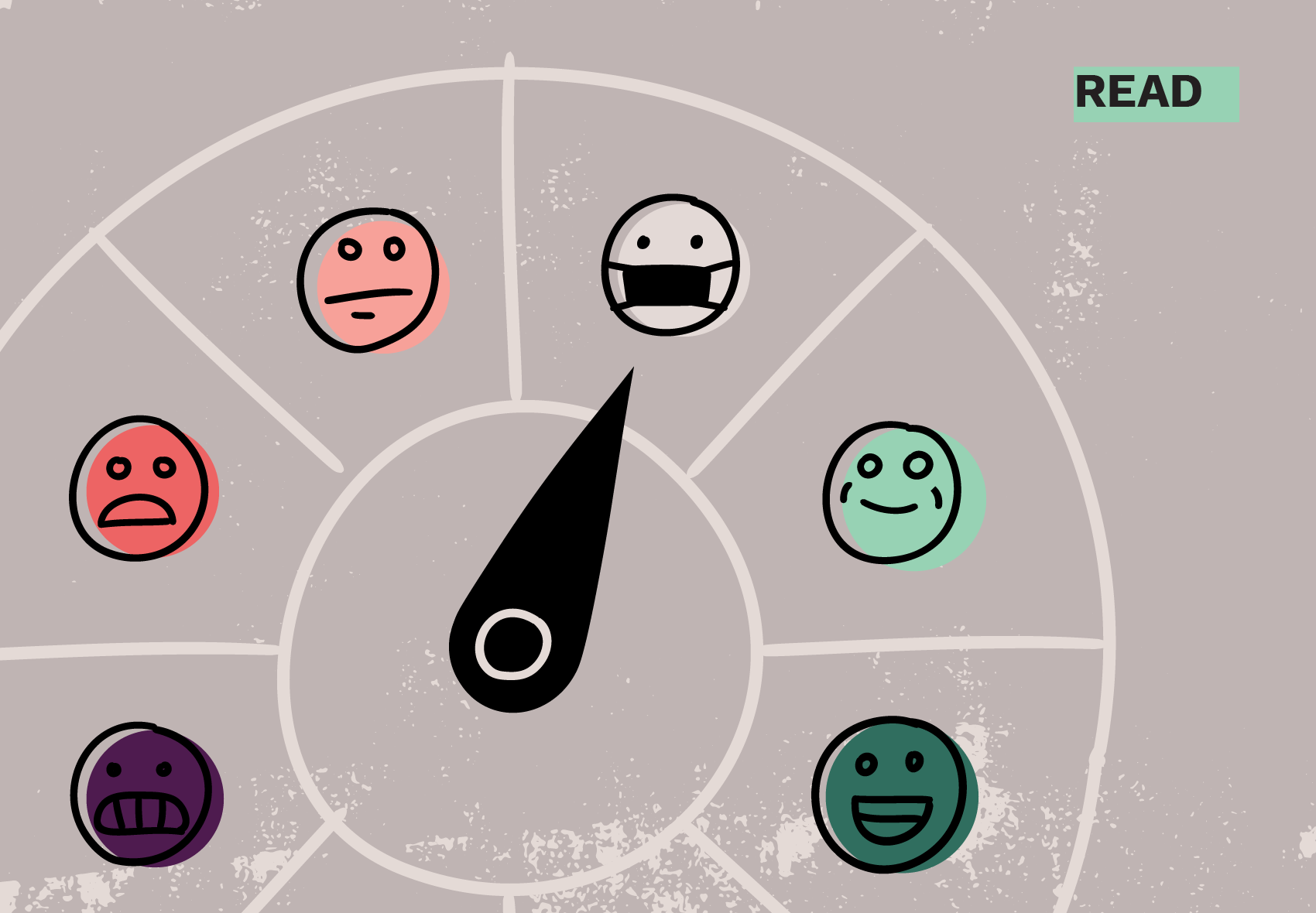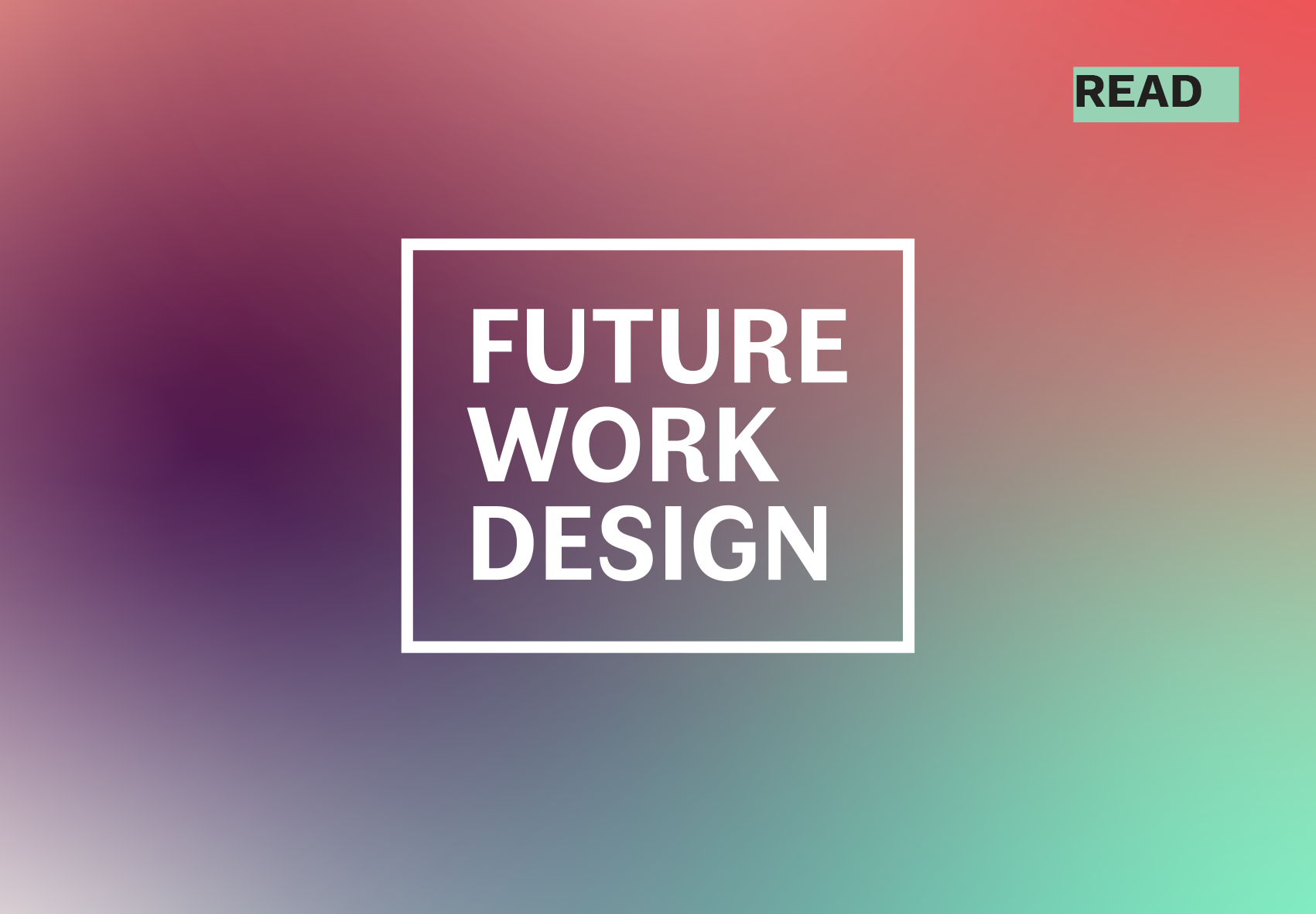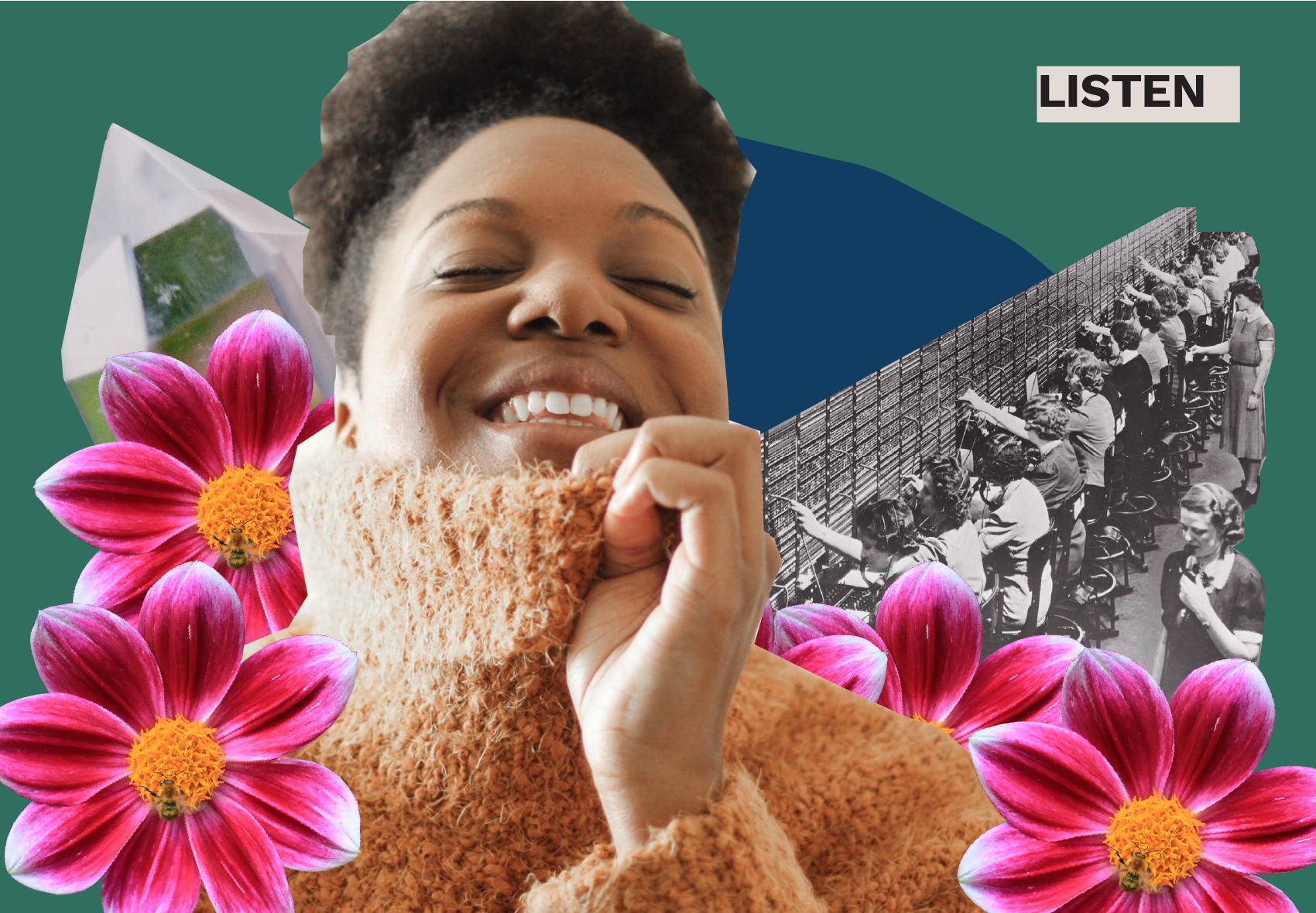The pandemic continues to present unprecedented challenges for organizations everywhere.
Whether you are facing a radical drop off of customers, completely new customer experience constraints or a sudden demand unlike you have seen before — we can safely say every organization is being tested. But perhaps one of the biggest challenges is being faced by businesses’ that deliver in-person experiences.
We reached out to a couple of Oregon’s most innovative companies at the forefront of the pandemic to understand how they managed to redesign, learn from, and iterate their customer experiences.
Who we talked to:
New Season’s Market: Kristi McFarland, Chief Strategy Officer
ZOOM+Care: Torben Nielsen, CEO
What we learned:
#1 | DO fast-track innovations. Customers have never been more willing to change their behaviors and expectations.
Zoom: “When COVID hit we were growing and opening new clinics. Suddenly, everything came to a screeching halt and we needed to flip from being retail-focused over to telehealth overnight. We fast-tracked our video care capabilities from 5 months [until launch] to 2 weeks. In less than 2 weeks we were able to stand up video care and provide the same service as when you go to a clinic.”
NSM: “We accelerated plans to differentiate our prepared foods through partnering with locals brands and chefs. Those businesses were shut down and this gave them another channel to operate in. We also had to quickly scale our online [capabilities]. 2–3 stores already had click and collect pickup but we expanded that to 8 stores very quickly. Online sales went from 3% to 12–15%. That’s the equivalent of 3 stores worth of volume.”
#2 | DO document customer journeys to rapidly adjust touchpoints
NSM: “Map your whole customer journey and all your touchpoints and don’t assume it needs to be the same. We had to shift our staffing model to support people at the front door communicating with customers about new norms and sanitizing carts. Ask yourself, what are people REALLY coming to you for, and can you meet that need in a new way? You don’t necessarily have to have all the things that used to be in your service offering, you just need the important stuff.”
Zoom: “We had established playbooks for the in-person experience and 90% of the playbook could be applied, but there were nuances we needed to change for video. For example the placement of the doctor’s camera and the lighting in the room. We relied heavily on our archetypes to design new experiences — because we have a good idea of what our consumer wants and needs, we were prepared to design something that she wanted.”
#3 | DON’T skimp on customer testing
NSM: “We collected ideas and feedback from store managers and reviewed them in our daily task force meeting. We were the first to stand up social distancing measures, customer limits, and protective barriers for cashiers and our staff were giving feedback and helping us adjust these new protocols. We used our regular survey and listening from customer service reps to gather customer feedback.”
Zoom: “Our product team is always looking at metrics and data, looking at channel usage. We have instant surveys after each visit to gather fast feedback. For example, we learned quickly that chat is actually better than video for skin assessment. We did not expect that but the lighting and angles can be difficult over video and it’s much easier to look at a photo.”
#4 | DON’T try to be unique when it comes to safety
NSM: “Consistency is key to people feeling safe. We pulled best practices from other states that were ahead of us as well as other countries. We saw an example from Denmark of the orange dots on the floor to show 6 ft apart. We adopted the dots and so have many others. Share what you’re doing and ask that of others in your industry. A bunch of people asked for our signage. We made generic versions that were open source.”
Zoom: “Look at how other businesses around you are doing things. Get ideas you can apply to your company. There should be consistency and you need to be able to justify why if you are doing things differently.”
#5 | DO streamline information sharing and decision making
NSM: We created a cross-functional task force that meets daily, to cover a daily recap, decisions, and actions. Our PR person gives a daily news round up to digest what is happening across the industry, states, and COVID in general. This reduces the continuous sharing of articles “did you see this, did you hear this?”
Decisions need to be made very quickly and then adjusted rather than taking the time to have a perfect decision. In order to fast track these we decided to have only one guiding principle: “we will be the safest place to shop”. That made decision-making much easier.”
#6 | DO re-define what success looks like. It’s unlikely to mean profits.
NSM: “We were not profitable last quarter because of some of the decisions we made to ensure safety. PPE is a big cost but we gained customer and employee loyalty. Our most loyal customers are 100% loyal now–they won’t shop anywhere else. Many people said “this is the safest place to work” “thank you for everything you’ve done to take care of us”. How brands treat their customers, staff, and community [in this time] will be used as a trust barometer.”
Zoom: “It’s a balancing act to best structure an offering the customer needs but also run a sustainable operation. There are different reimbursement rates for different experiences. We’re not getting reimbursed the same for a chat as an in-person visit, some insurance companies won’t reimburse at all for that time. We know consumers may prefer one over another so we’re working with insurance partners to structure new pricing models.”
#7 | DON’T underestimate the toll on your employees
NSM: “For our staff that finds a lot of solace in the family feeling at work, the distance has been really hard. Make sure your team has some refueling because when you’re in this controlled environment [managing safety] it takes a lot of the joy out of it and the reason why they come to work with you in the first place. Find opportunities for recognition and restoring.”
Zoom: “Make sure that your leadership team is very aligned when you communicate with your employees. A lack of clarity around why decisions are being made can be very frustrating. Be very concrete around what will make you move from Phase I to Phase II.”
#8 | DON’T expect customers want to go back to “normal”
Zoom: “With COVID, the general population is starting to realize that they can take care of themselves from home. This opened up eyes for a lot of people that telehealth is a really good way of getting care. The last thing you want to do when you don’t feel well is to leave your home. We’re thinking about the devices, wifi-enabled wearables, that we should offer to our customers that could help consumers better take care of themselves from home. That opens up a whole new opportunity.”
We hope that these learnings and stories will help you navigate the months ahead and provide inspiration for you to look at your business in new ways.
Although this time has brought unparalleled challenges, it’s also created lots of opportunities. Organizations have been forced to innovate more rapidly than ever before, and we believe it will continue to accelerate advancements in our business models, experiences, and ways of working for years to come.
—
To engage with this post or read more of our ideas on customer experience, follow us on Medium.




